In this episode of The Science of Excellence, I sat down with Aaron T. Jones, who leads Onboarding & Training at Live Nation—the global leader in live events and ticketing.
We discussed how he’s pioneering “skills-first onboarding” to transform generic new hire orientation into powerful skill-building experiences.
His framework helps new hires reach productivity up to 70% faster and has contributed to a 26-28% overall productivity improvement. Instead of wondering if employees are ready, his approach enables organizations to measure specific skills and identify precise gaps.
These 4 insights stood out most from our conversation:
- Skills-Based Onboarding is Role-Specific
- Focus on Application to Accelerate Ramp Up
- Measure Success Through Task Mastery
- Inspire By Linking Their Roles to Broader Impact
1. Skills-Based Onboarding is Role-Specific
In Aaron's Words: "When most folks think about onboarding, typically you think of a more orientation style experience where it might be a day and there's a presentation and you're being oriented to the company or the organization and the leadership and competencies. These broad ideas and culture. That curated content. While that's really important, we're seeing this progression to the next step, which is more about role-specific, individualized experience. When I'm thinking of a generic onboarding versus a more role-specific experience, I think a lot of it boils down to context and contextual relevance."
The standard orientation approach provides general company information but fails to prepare employees for their specific roles.
Organizations that evolve beyond the "day one presentation" model toward continuous, role-specific skill development see faster integration of new talent and better early performance outcomes.
This shift requires breaking down roles into their individual components and creating experiences that directly replicate the actual work environment. This addresses the main question every new hire has: "What will my day-to-day actually look like?"
2. Focus on Application to Accelerate Ramp Up
In Aaron's Words: "An effective onboarding program that's been mapped out specifically for a role or an individual is going to tie directly into their day-to-day responsibility. If we're providing relevant tools, examples, scenarios, we're getting their hands in what they're going to be doing on a day-to-day basis. Automatically you're taking it from that more generalized experience to a more effective experience. One of the main questions new hires have is 'what's my day-to-day going to look like?' A lot of the times onboarding at scale, it's really hard for folks to answer that if they're not a direct leader of that team."
New employees need to understand their daily responsibilities and how to perform them successfully. When onboarding directly simulates real work scenarios, it not only addresses this need but also accelerates confidence.
The real impact goes beyond confidence. When organizations create connections between training experiences and actual work, they reduce the time it takes for new hires to become productive contributors. This approach eliminates the awkward gap between learning and application.
3. Measure Success Through Task Mastery
In Aaron's Words: "If there are 280 tasks that a new hire is expected to do within 90 days, and they could do 260 successfully out of 280, then we have some sort of baseline metric. And then what is that 20 point gap? Then it's us going back to the drawing board and saying, where can we be more efficient? Where can we optimize this activity or make it more specific or make it more intentional? Loop in this conversation for clarity. To get these folks completing all 280 tasks within 90 days---that's a really great baseline metric."
Breaking down roles into clearly defined tasks makes it easy and intuitive to measure employee readiness. This approach transforms the subjective "are they ready?" question into concrete data, showing both precise skill gaps and clear steps on how to improve the onboarding process itself.
The task-based measurement creates a shared language for managers and employees to discuss performance without ambiguity.
4. Inspire By Linking Their Roles to Broader Impact
In Aaron's Words: "One way that I try to inspire and motivate people from the beginning is helping new hires see how what they're doing on a day-to-day basis impacts the live entertainment industry and live music and the product that they're contributing to and millions of fans having the experiences of their lives. It's connecting that dot to 'you're the foundation of all of these other amazing things happening. And without you, this would not be possible.' I've gotten a lot of good feedback based off of that. That's one way any organization can do it---what's the result of the effort and then connecting it back to what that new hire is doing on a day-to-day basis."
Technical skill development alone creates competent employees, but connecting those skills to meaningful outcomes creates engaged employees.
By helping new hires understand how their specific role contributes to the organization's broader impact, companies transform functional expertise into emotional investment.
This approach addresses the motivational element often missing from skills-focused training. When employees understand not just what to do but why it matters, they bring a different level of energy and creativity to their work.
Until next time,
Vince




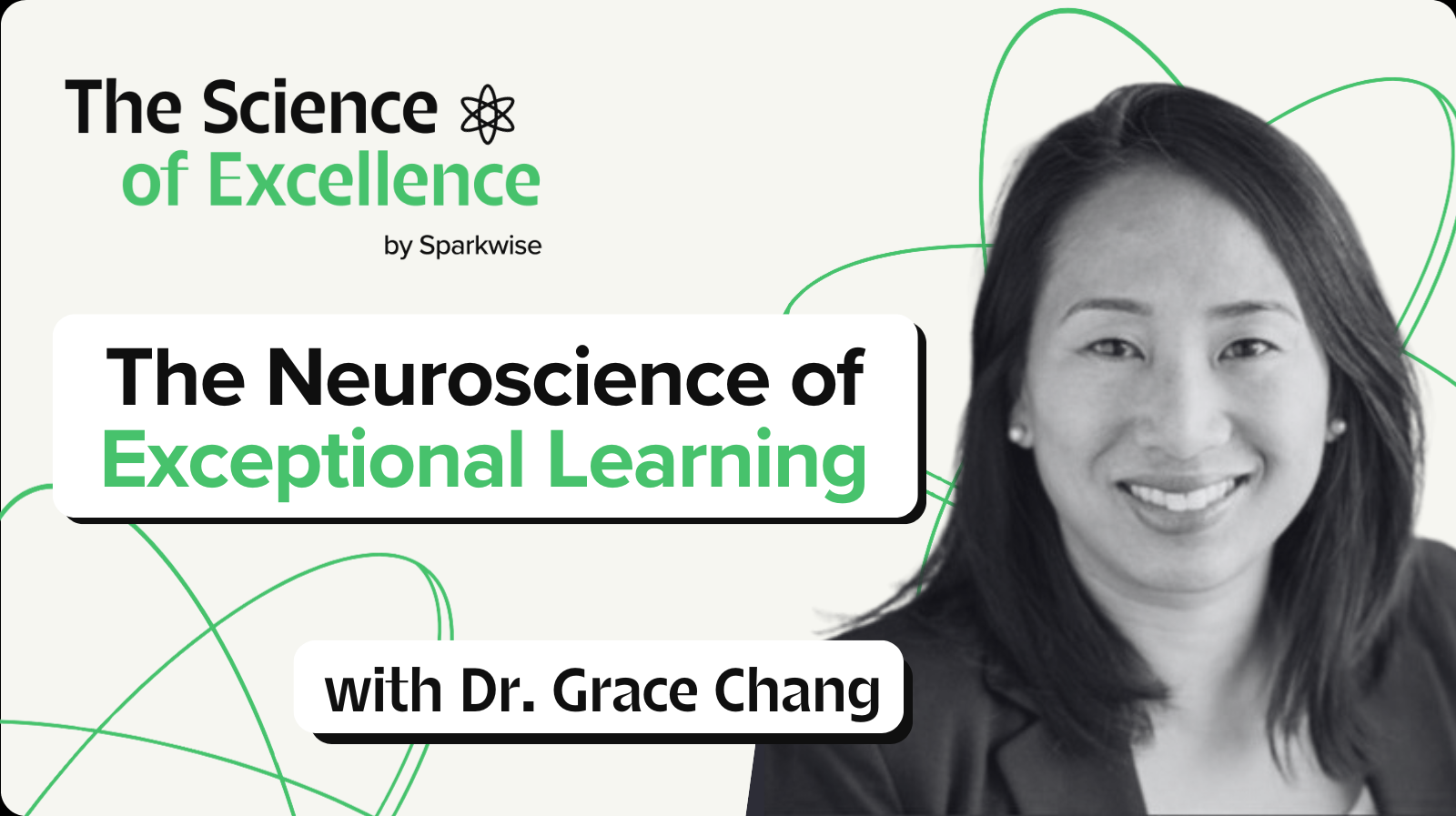

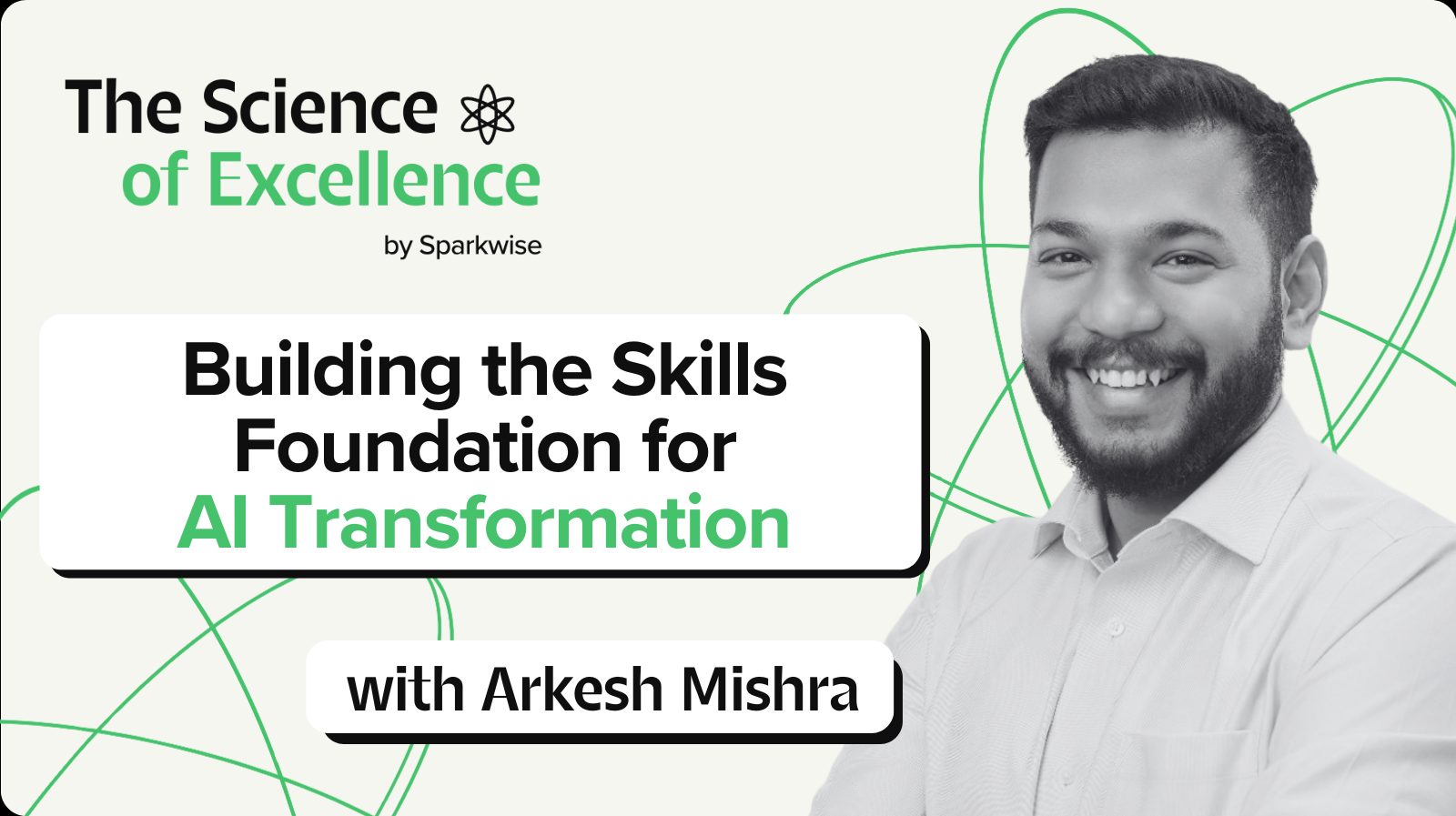

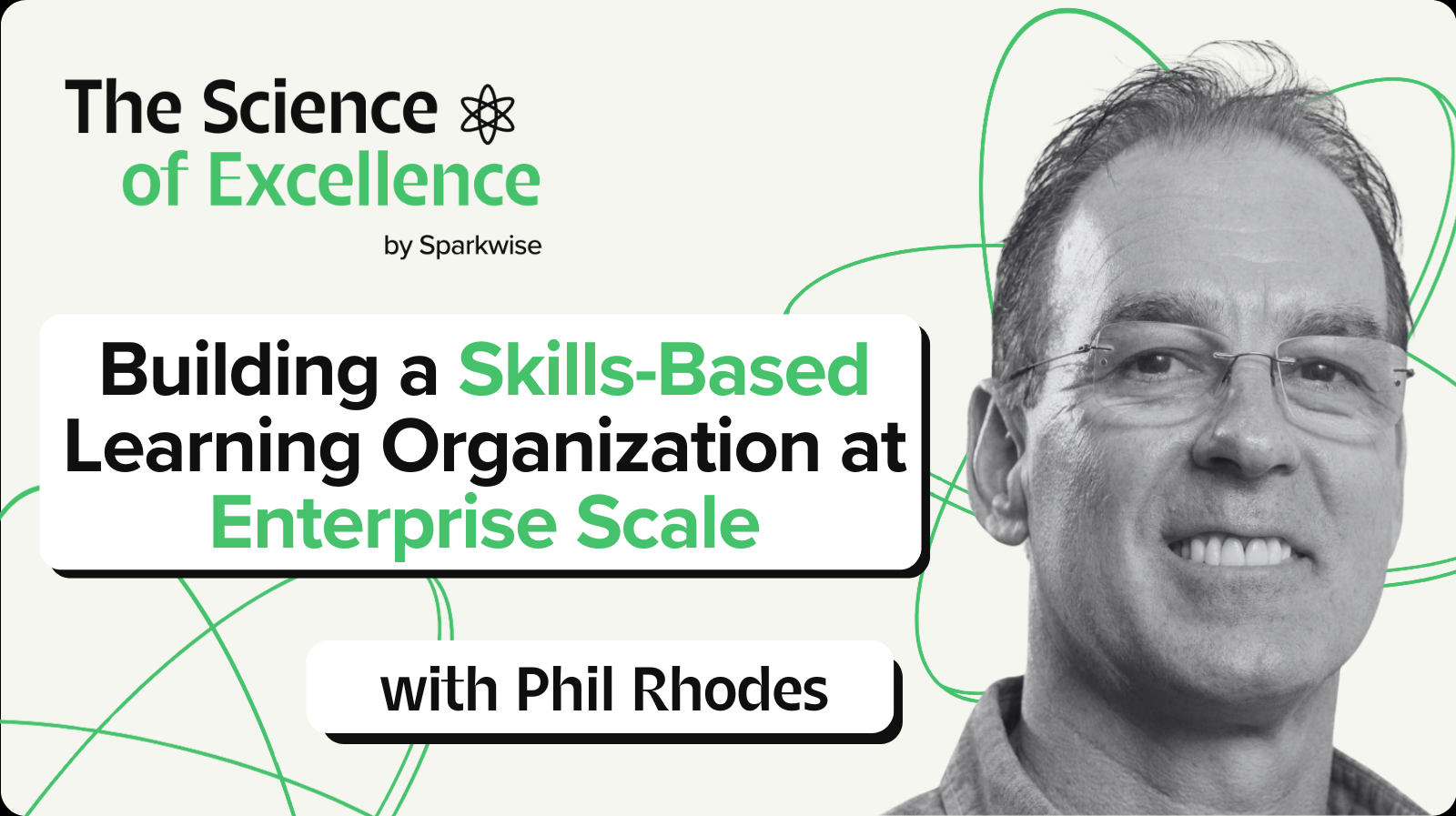
.png)
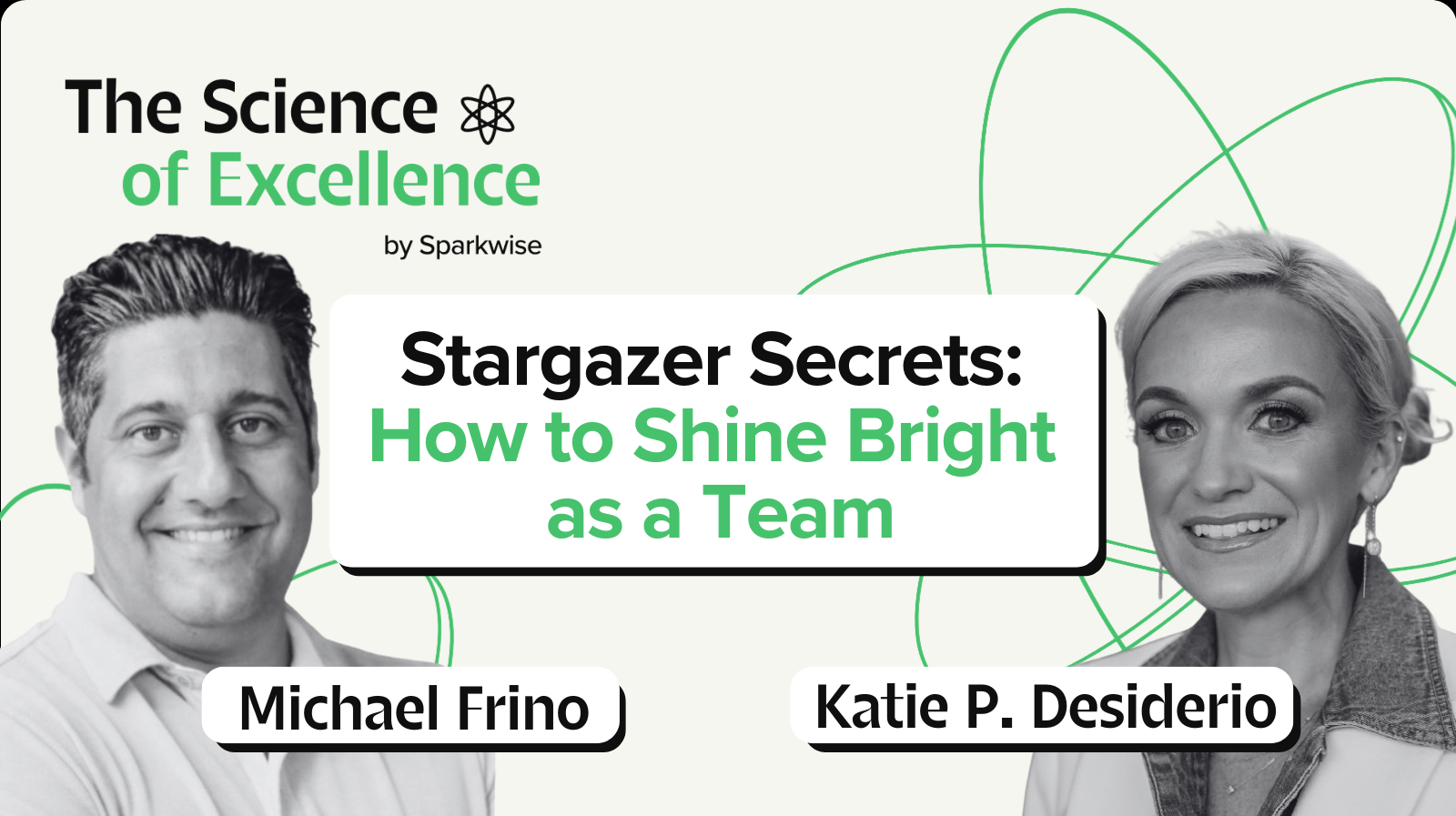
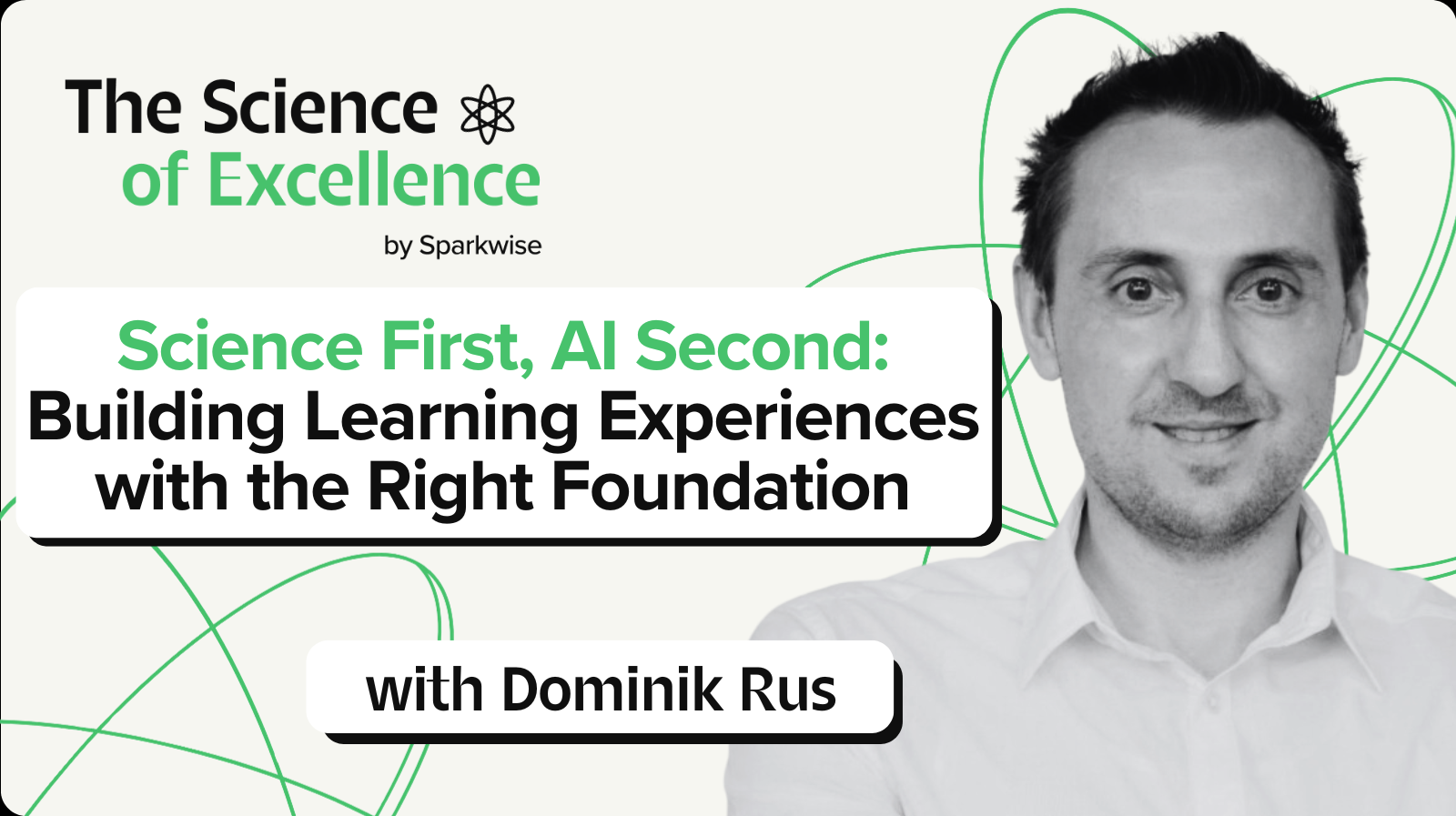
.png)
.png)








.png)












.png)